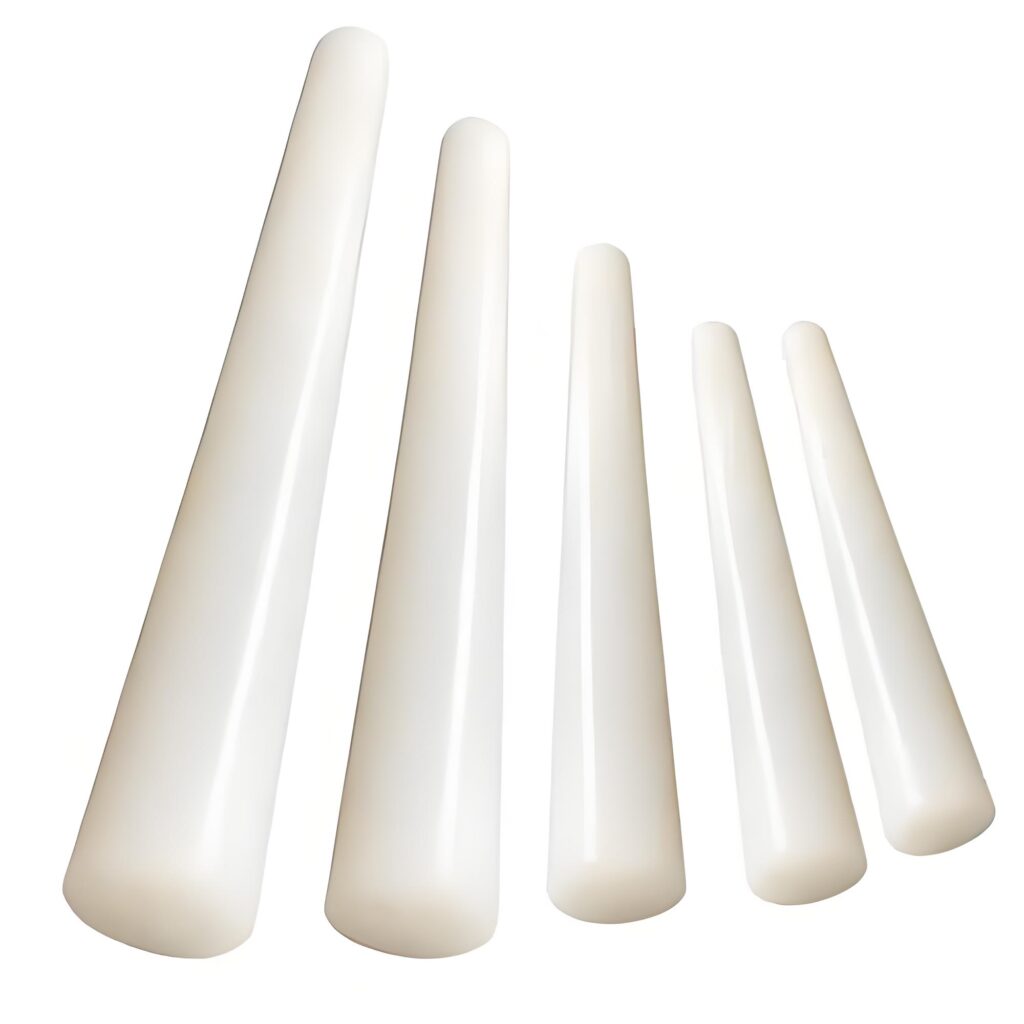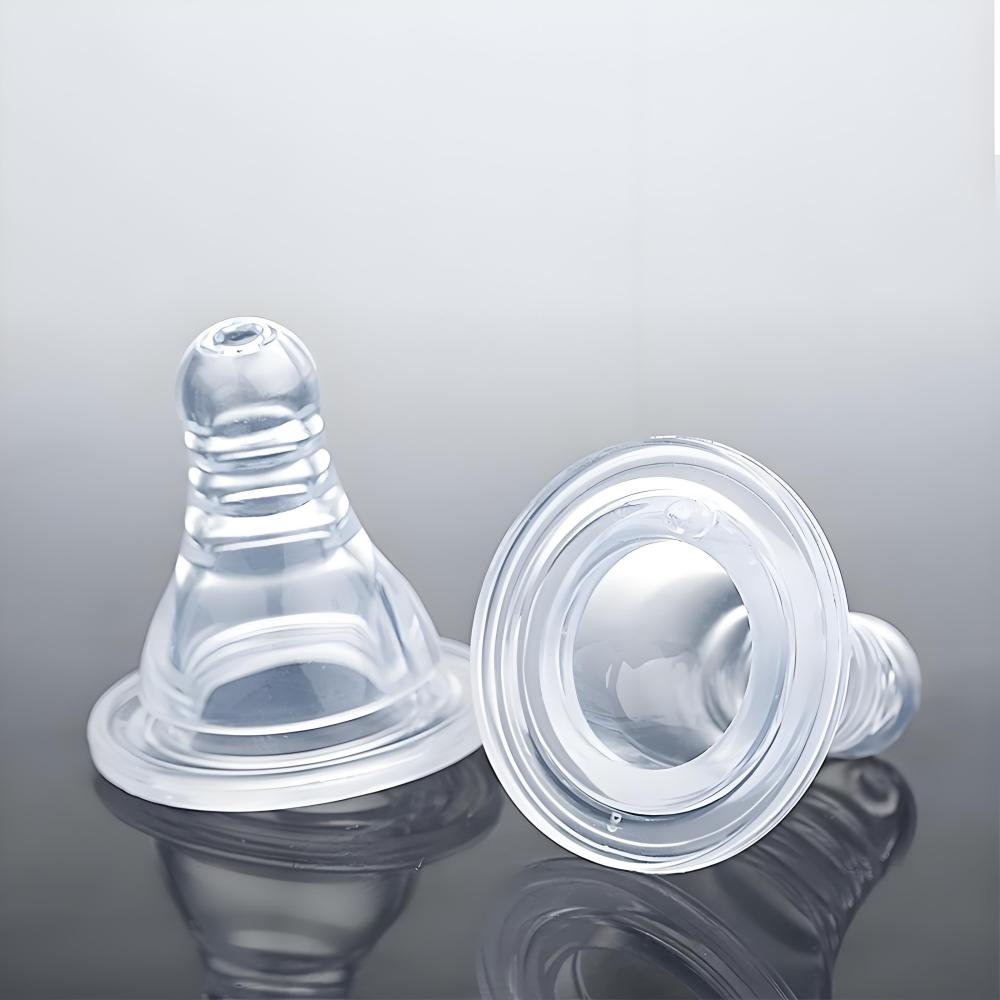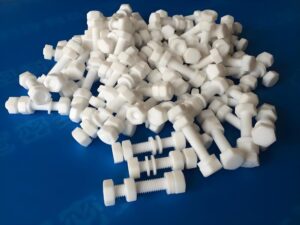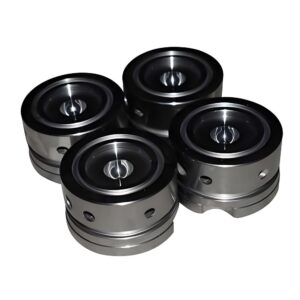Silicone is everywhere—from kitchen gadgets to medical tools, its unique qualities make it a go-to material for countless applications. Known for flexibility, heat resistance, and durability, silicone has earned a spot in homes and industries worldwide. Yet, many people wonder about its safety, asking questions like, “Is silicone harmful?” or “Can silicone leach chemicals?” This article explores silicone’s composition, safety profile, and practical uses, offering clear, science-backed answers to help you make informed choices.
What is silicone and How Does It Work?

Silicone is a synthetic compound crafted from silicon, oxygen, carbon, and hydrogen. Unlike plastics, which come from petroleum, silicone starts with silica, a natural component of sand. This gives silicone its standout traits: it’s flexible, withstands extreme temperatures, and resists chemical reactions. These properties make it ideal for everything from bakeware to industrial seals. But what exactly makes silicone so versatile, and is it safe for daily use?
Is Silicone Toxic? A Science-Backed Look
One of the most common questions about silicone is whether it poses health risks. The short answer: high-quality silicone is generally safe and non-toxic. Its stable chemical structure prevents it from breaking down or releasing harmful substances under normal conditions. Agencies like the FDA and the European Food Safety Authority have approved food-grade silicone for kitchen use, affirming its safety for everyday tasks like baking or food storage.
Silicone and Human Health
Research supports that pure silicone doesn’t release volatile organic compounds (VOCs) or other harmful chemicals when used as intended. For instance, silicone bakeware can handle temperatures up to 500°F (260°C) without degrading or leaching toxins. However, concerns can arise with low-quality silicone products that contain fillers like plasticizers. These additives, sometimes found in cheaper items, may leach into food or water, raising potential risks.
In medical applications, silicone’s biocompatibility makes it a top choice for devices like catheters or implants. Studies, such as those on silicone breast implants, show no definitive link to systemic toxicity, though rare cases of individual sensitivity exist. For most people, silicone poses minimal risk when used correctly.
Silicone’s Environmental Footprint
While silicone itself isn’t toxic, its environmental impact deserves attention. Silicone isn’t biodegradable, but it’s recyclable in specialized facilities. Its long lifespan means it often outlasts plastic alternatives, reducing waste over time. Still, proper disposal is key to minimizing its environmental footprint, as silicone doesn’t break down naturally in landfills.
Is Silicone Safer Than Plastic?
Plastic has long been the material of choice for household and industrial applications. Yet in recent years, concerns about plastic’s health and environmental risks have grown. Many plastics can release toxins such as BPA, lead, or phthalates, especially when exposed to heat or acidic foods.
In contrast, silicone offers several safety advantages over plastic:
- Chemical Stability: Silicone is more inert and less likely to leach harmful chemicals.
- Temperature Resistance: It withstands a broader range of temperatures, from freezer to oven.
- Longevity: Silicone tends to last longer and resists cracking or breaking compared to plastics.
- Recyclability: While not biodegradable, silicone can be recycled at specialized facilities and has a longer life cycle, reducing overall waste.
For households and industries alike, silicone has become a preferred alternative to plastic when safety and durability are top priorities.
Common Applications and Safety Analysis of Silicone
Silicone shows up in more places than most people realize. Here’s a closer look at how it’s used and the safety considerations for each area:
Food and Kitchenware
Silicone baking mats, spatulas, molds, and storage containers are especially popular in kitchens because they’re heat-resistant and easy to clean. Certified food-grade silicone has been tested to ensure it doesn’t transfer chemicals to food. When used within recommended temperature ranges, it is considered safe and reliable.
Medical and Healthcare Devices
Silicone is one of the few materials trusted for use inside the human body. Medical-grade silicone is used in implants, catheters, tubing, and prosthetics because it is biocompatible—meaning it’s unlikely to cause irritation or immune reactions. These products undergo extensive testing before approval, ensuring long-term safety in medical applications.
Baby and Infant Products

Parents often prefer silicone bottle nipples, pacifiers, and teething rings because the material is soft, flexible, and free of harmful chemicals like BPA or phthalates. Safety here depends on proper manufacturing and maintenance—regular cleaning and replacement help ensure that the products remain hygienic and safe.
Industrial and Automotive Uses
In industries, silicone is prized for its resilience. It’s found in seals, gaskets, lubricants, and protective coatings, where safety means reliability under pressure and temperature extremes. While these uses don’t involve direct human consumption, silicone contributes to overall system safety and performance.
Personal Care and Household Items
From silicone menstrual cups to waterproof sealants in bathrooms, silicone continues to earn consumer trust. Skin-contact applications generally use hypoallergenic, medical-grade silicone, which has proven safe for sensitive use.
How to Pick Safe Silicone Products
Not all silicone is equal, and choosing high-quality products is crucial for safety. Low-grade silicone may contain fillers that compromise its non-toxic nature. Here’s how to ensure you’re selecting safe, reliable silicone items for home or industrial use.
Check for Certifications
Look for certifications like FDA approval or LFGB compliance for food-grade silicone. These indicate the product has been tested for safety. For medical-grade silicone, ISO 10993 certification ensures it’s safe for bodily contact. Always verify these credentials when shopping for silicone products.
Spotting Low-Quality Silicone
Cheap silicone often contains fillers that can leach chemicals. A quick test: pinch and twist the silicone. Pure silicone stays intact without whitening, while filled silicone may show a white residue. Stick to products from trusted brands to avoid these risks.
Read Labels Carefully
High-quality silicone products clearly state their grade (e.g., food-safe or medical-grade) and temperature limits. Avoid vague or unlabeled items, especially for kitchen or medical use. Ensure food-grade silicone is marked as BPA-free and non-toxic for peace of mind.
Choose Reputable Suppliers
Buying from established manufacturers or suppliers guarantees better quality. Check customer reviews and the company’s reputation to ensure their silicone meets safety standards. For industrial needs, work with suppliers who provide detailed material specs to match your requirements.
Quality Silicone for a Safer Choice
Silicone’s safety and versatility make it a standout material for both personal and industrial use. By choosing certified, high-quality silicone, you can enjoy its benefits without worry, whether you’re cooking, using medical devices, or relying on silicone components in machinery. Understanding its properties and selecting trusted products ensures you’re making safe, informed choices.
For businesses seeking reliable solutions, choosing trusted manufacturing partners is essential. Precionn, with years of expertise in precision machining and international industry standards, delivers high-quality products that prioritize safety and durability. By combining advanced technology with a commitment to excellence, Precionn ensures that customers worldwide can rely on silicone-based solutions with confidence.



